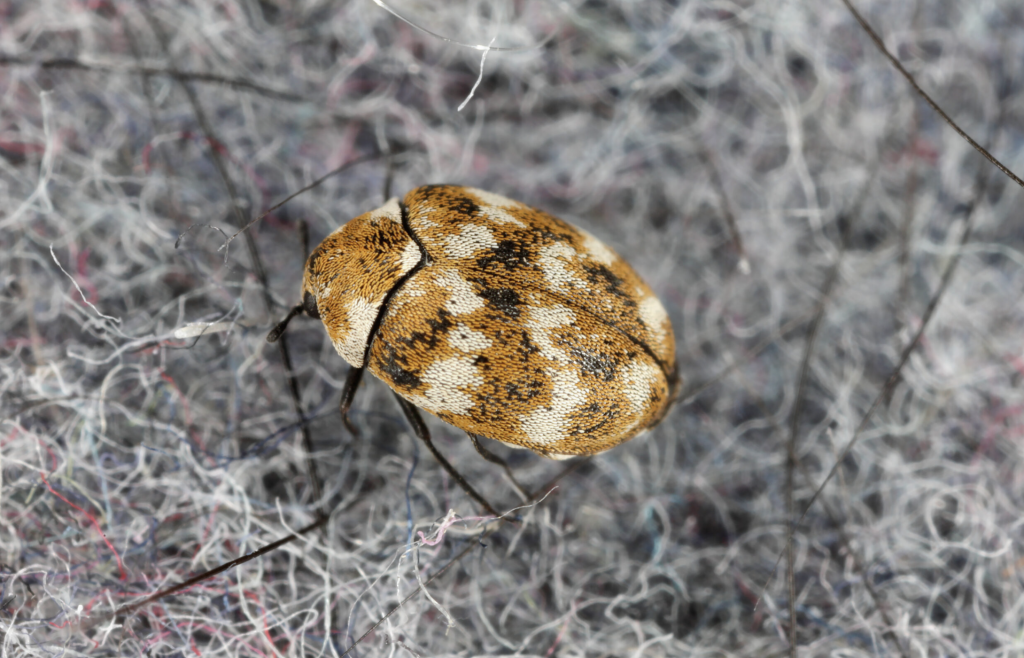Dermestid beetles are a species of beetles that are commonly used in taxidermy. These beetles feed on dead animal tissue and are an effective way to clean bones and prepare them for display. The beetles have been used by taxidermists for decades, but they are not widely known. The secret to using these beetles is knowing how to get them and understanding how they work.
In this article, we will explore the secret to using dermestid beetles for taxidermy and the different steps involved in this process.
What are Dermestid Beetles?
Dermestid beetles are a type of insect that belongs to the family Dermestidae. They are commonly referred to as flesh-eating beetles and are found throughout the world. These beetles are small, typically measuring between 3-6mm in length, and have a round or oval shape.
The Benefits of Using Dermestid Beetles
There are several benefits to using dermestid beetles for taxidermy, including:
- Cost-Effective: Using dermestid beetles is a cost-effective way to clean bones, as they are inexpensive and readily available.
- Environmentally Friendly: Unlike traditional methods of cleaning bones, using dermestid beetles is environmentally friendly, as the beetles are a natural part of the ecosystem.
- Quick: Dermestid beetles are efficient at cleaning bones and can complete the process in a matter of days, compared to the several months it can take using other methods.
Steps Involved in the Process
The process of using dermestid beetles for taxidermy can be broken down into several steps, including:
- Preparation of the Animal Carcass: The first step in using dermestid beetles for taxidermy is to prepare the animal carcass. This typically involves removing any remaining flesh and cutting the bones into smaller pieces to make them easier for the beetles to access.
- Building a Beetle Colony: To use dermestid beetles for taxidermy, you will need to build a colony of beetles. This involves purchasing a starter colony of beetles and setting up a habitat that is suitable for their growth and development.
- Adding the Bones: Once the beetle colony has been established, the bones can be added to the habitat. The beetles will begin to feed on the bones, removing any remaining tissue.
- Monitoring the Beetles: It’s important to monitor the beetles regularly to ensure that they are thriving and that the bones are being cleaned effectively.
- Harvesting the Clean Bones: Once the bones have been thoroughly cleaned, they can be removed from the beetle colony and stored for use in taxidermy.
Factors to Consider
There are several factors to consider when using dermestid beetles for taxidermy, including:
- Climate: Dermestid beetles are sensitive to temperature and humidity, so it’s important to maintain a suitable environment for them.
- Colony Size: The size of the beetle colony will impact the speed and efficiency of the cleaning process. It’s important to maintain a large enough colony to effectively clean the bones in a timely manner.
- Feeding: Beetles will need a constant supply of food to thrive and maintain their colony. It’s important to ensure that they have access to a sufficient amount of food to meet their needs.
- Water: Dermestid beetles need water to survive. It’s important to provide them with access to clean drinking water at all times.
- Space: The more space you give your beetles, the more effective they’ll be at cleaning bones.
Conclusion
In conclusion, using dermestid beetles for taxidermy is a cost-effective, environmentally friendly, and quick way to clean bones for display. By following the steps involved in this process and considering the factors outlined above, you can ensure that your beetle colony is thriving and that your bones are being cleaned effectively.

